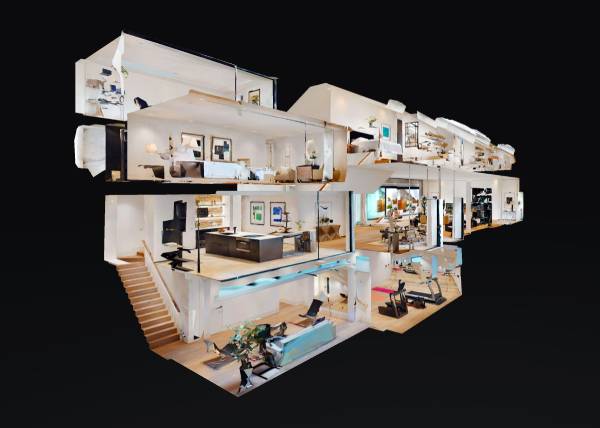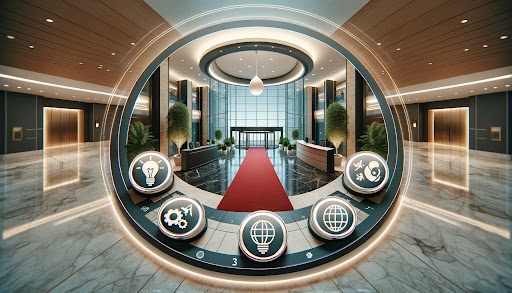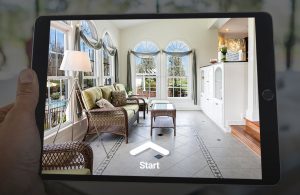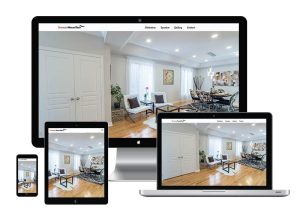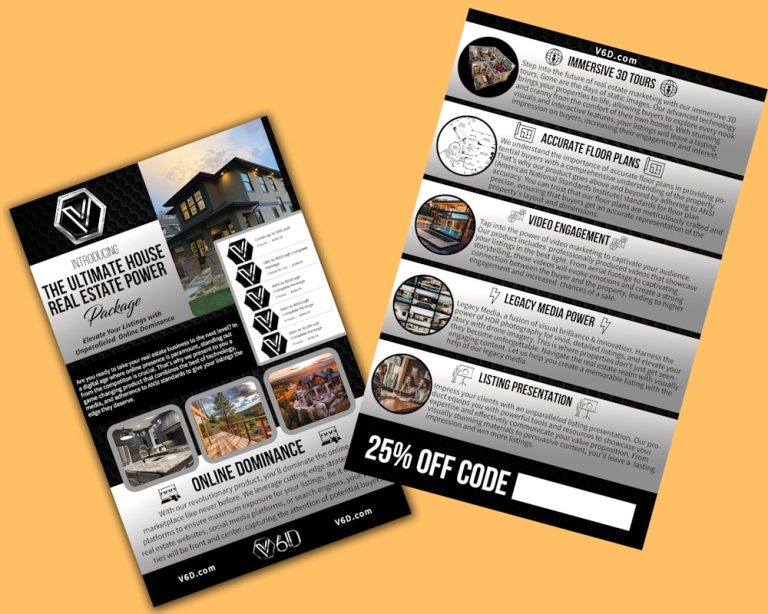The Unwavering Influence of Legacy Media in the Digital Age: A V6D Perspective
As we navigate the digital revolution, the enduring power of legacy media stands as a testament to its foundational role in shaping public discourse and influencing societal norms. Despite the meteoric rise of social media and digital platforms, traditional media outlets like newspapers, television, and radio continue to wield significant influence. The V6D framework offers a unique lens to examine this phenomenon, highlighting the vital aspects of legacy media that contribute to its sustained relevance.
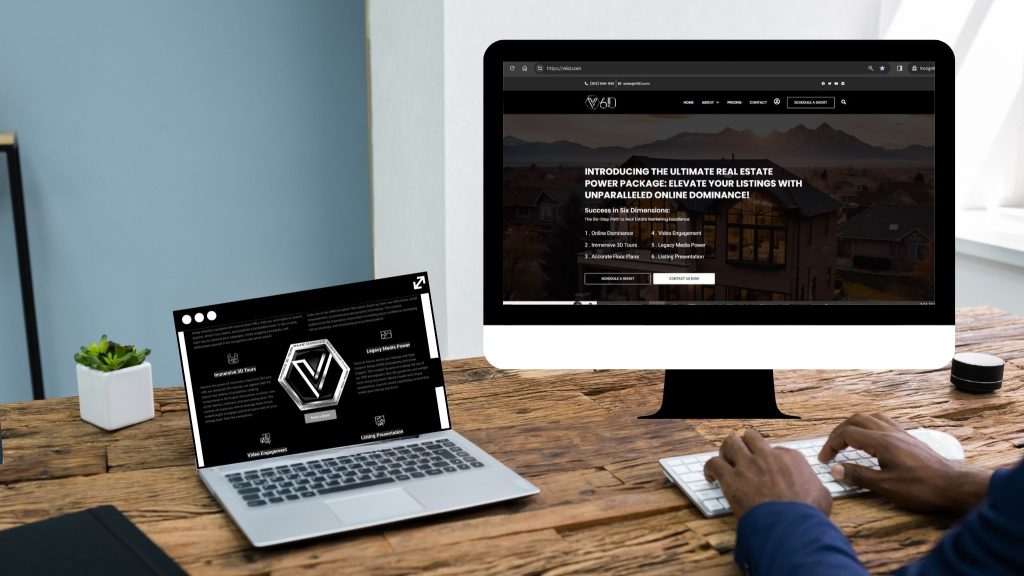
As we navigate the digital revolution, the enduring power of legacy media stands as a testament to its foundational role in shaping public discourse and influencing societal norms. Despite the meteoric rise of social media and digital platforms, traditional media outlets like newspapers, television, and radio continue to wield significant influence. The V6D framework offers a unique lens to examine this phenomenon, highlighting the vital aspects of legacy media that contribute to its sustained relevance.
Credibility and Trustworthiness:
Legacy media's appeal is anchored in its long-standing credibility and trustworthiness.
Decades or centuries of adherence to journalistic standards and ethical practices have established these platforms as reliable information sources.
In contrast to the current landscape of misinformation, traditional media's rigorous fact-checking and editorial oversight stand out as reliable beacons for accurate reporting.
Depth and Quality of Content:
Legacy media is distinguished by the depth and quality of its content, overseen by experienced journalists and experts.
Offers in-depth analysis and comprehensive coverage on complex issues, surpassing the often superficial reporting of digital platforms.
This thorough approach not only informs but also enhances public understanding of critical issues, leading to a more informed society.
Influence on Cultural and Societal Narratives:
Legacy media plays a crucial role in shaping cultural and societal narratives.
Its impact ranges from groundbreaking investigative reports that drive social change to daily traditions like reading the newspaper or watching evening news, which bring collective experiences to public attention.
Adaptability and Integration with Digital Technologies:
Legacy media has adeptly integrated digital technologies into its operations, expanding its engagement and reach.
Utilizes online platforms, social media, and multimedia content, ensuring not just survival but flourishing in the digital era, thereby extending its authoritative voice globally.
Conclusion – The Enduring Power of Legacy Media:
Legacy media's power, through the V6D lens, is defined by its steadfast commitment to journalistic excellence, its pivotal role in crafting societal narratives, and its resilience and adaptability amidst digital advancements.
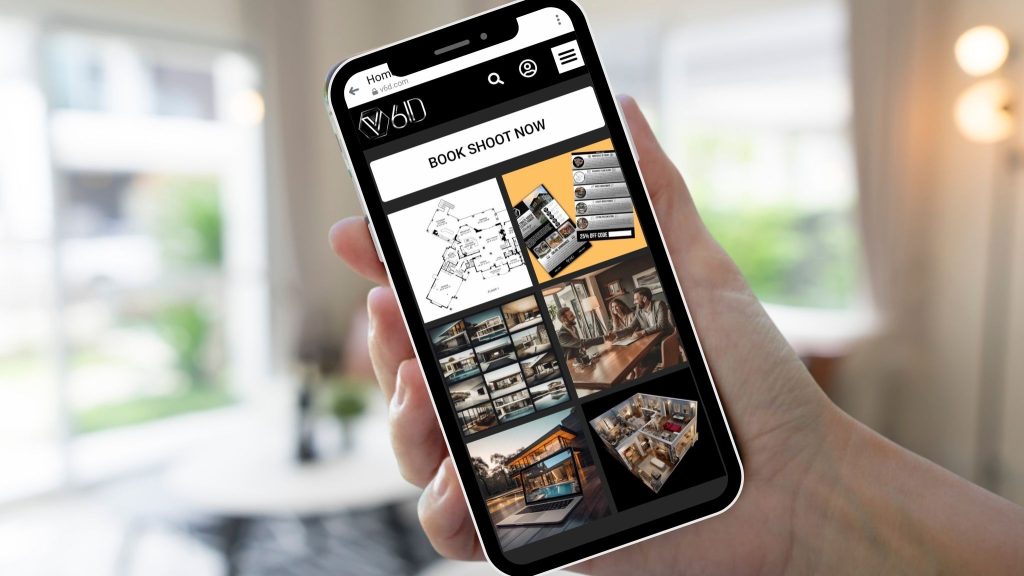
In the context of real estate marketing, the effectiveness of legacy media in the age of the internet raises important considerations.
- How does legacy media remain effective for real estate marketing in the internet-dominated landscape?
- Legacy media, such as newspapers, magazines, and direct mail, maintains its effectiveness by reaching specific demographic groups that still value traditional forms of media. For instance, older generations or high-net-worth individuals may prefer the tactile and direct nature of print media. When used strategically, these channels can complement online efforts by reinforcing brand messages and driving awareness among target audiences who may not be as active online.
- Legacy media, such as newspapers, magazines, and direct mail, maintains its effectiveness by reaching specific demographic groups that still value traditional forms of media. For instance, older generations or high-net-worth individuals may prefer the tactile and direct nature of print media. When used strategically, these channels can complement online efforts by reinforcing brand messages and driving awareness among target audiences who may not be as active online.
- Can legacy media campaigns effectively drive online engagement in real estate marketing?
- Yes, when executed with a clear call-to-action, legacy media campaigns can drive online engagement. Including website URLs, QR codes, and social media information in print ads or TV commercials encourages the audience to explore more online, such as viewing property listings, taking virtual tours, or making inquiries through digital platforms. This synergy between offline and online channels can enhance the overall marketing strategy and lead generation efforts.
- Yes, when executed with a clear call-to-action, legacy media campaigns can drive online engagement. Including website URLs, QR codes, and social media information in print ads or TV commercials encourages the audience to explore more online, such as viewing property listings, taking virtual tours, or making inquiries through digital platforms. This synergy between offline and online channels can enhance the overall marketing strategy and lead generation efforts.
- What are the unique advantages of integrating legacy media with digital strategies in real estate marketing?
- Integrating legacy media with digital strategies offers several unique advantages, including:
- Extended Reach: Capturing the attention of audiences who may not be reached through digital channels alone.
- Enhanced Credibility: The perceived credibility of traditional media can lend additional authority and trust to real estate brands.
- Diversified Marketing Mix: A balanced mix of legacy and digital media can cater to various preferences, increasing the chances of engaging potential buyers or sellers.
- Increased Brand Recall: The repetitive exposure across multiple media channels can improve brand recall and recognition.
- Integrating legacy media with digital strategies offers several unique advantages, including:
- In the digital age, how can real estate marketers measure the effectiveness of legacy media campaigns?
- Measuring the effectiveness of legacy media in the digital age involves a combination of traditional and digital metrics. Trackable phone numbers, unique URLs for landing pages, and QR codes in print ads can provide direct insights into engagement levels. Additionally, monitoring spikes in website traffic, social media activity, or online inquiries following a legacy media campaign can indicate its impact. Surveys and feedback forms can also help in assessing how different marketing channels influence consumer decisions.
- What challenges do real estate marketers face when integrating legacy media with internet-based marketing, and how can they overcome them?
Challenges include:
- Cost Management: Legacy media can be more expensive than digital channels. Balancing the budget to include both without compromising ROI is crucial.
- Consistent Messaging: Ensuring brand messages are coherent across all media types to avoid confusing the audience.
- Tracking and Attribution: It can be difficult to directly attribute conversions to legacy media efforts.
- Overcoming these challenges involves careful planning, budget allocation, and employing tracking techniques like unique URLs or QR codes for attribution. Regularly reviewing campaign performance and adjusting strategies based on analytics and feedback can also enhance integration effectiveness.
The Unwavering Influence of Legacy Media in the Digital Age: A V6D Perspective Read More »

